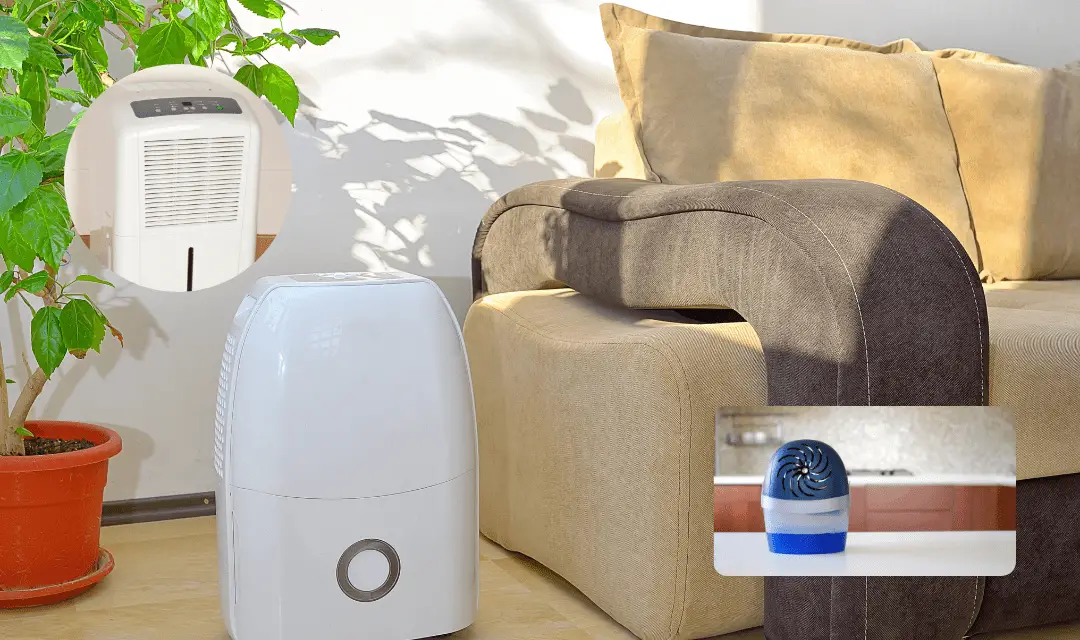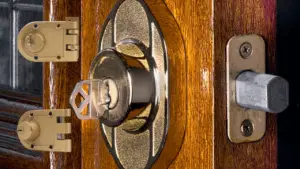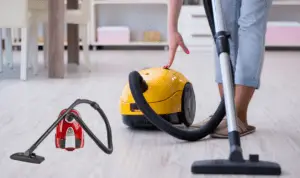Let us be honest, you have probably seen dehumidifiers recently in your local mall and your attention was probably caught immediately by the aromatic smell it was releasing. However, just like you, and most people, we decided to just ignore it as soon as we walked past that stand.
Dehumidifiers offer more, other than spewing aromatic fragrances. Believe it or not, how it works requires a little bit of understanding and application of science and how the human body reacts to humidity.
Others probably thought that humidifiers can also be used as disinfectants, especially during this pandemic. After all, when it smells clean it is clean, right? Well let us settle that question in this disquisition.
Anyhow, If you are like me who had sudden interest in dehumidifiers due to the extended pandemic situation, then lucky you! This discussion is for you.
In this article, I will discuss the purpose of a dehumidifier, some frequently asked questions (FQA), its benefits, including how much electricity it uses.
Do dehumidifiers use a lot of electricity?
I will discuss the power consumption of common dehumidifiers first, since this is the topic which you really have not thought of when you decided to read this article.
However, for many of us, additional electric equipment inside the home may have big consequences on our power consumption, and we know it is not cheap, right!
Dehumidifier’s electric consumption is relatively low compared to other common appliances we can find in a typical home.
According to learnmetrics.com an average small 30-pint dehumidifier uses 300 watts of energy only and an average big 70-pint dehumidifier uses 700 watts of energy.
So, how does it consume compared to other appliances?
A coffee maker typically consumes 1200 watts, an air conditioner is 1000 watts, a water heater uses a whopping 12,000 watts, while an iron is 1875 watts, and a rice cooker consumes 1400 watts on average.
All in all, relatively speaking, a dehumidifier is not that much of a power hungry appliance and consumes less energy compared to other common appliances
Albeit, it can still be considered as a luxury and not a necessary item to have. Considering it runs for a long period of time, it may have big impacts on your bill at the end of the month.
Do dehumidifiers cool a room?
To shortly answer the question, yes dehumidifiers can cool a room. However, it comes with a lot of caveats. To understand why so, we need to understand how a dehumidifier works and what the human body feels in humid environments.
Dehumidifiers can cool the area by greatly reducing humidity in the room. The science is quite simple. Imagine this, before the rain we can see that the clouds are very dark right?
That is because water in the clouds is building up. In such a case, since the clouds cannot take anymore water vapors, your sweat and the water vapors around you cannot evaporate and stay in your skin.
It is very uncomfortable right? What the dehumidifier does is to reduce that humidity in your room and bring it somewhere else. That way you feel more comfortable and less sticky.
Technically, it does not reduce the overall temperature in your room by blowing cool air, but it makes you comfortable anyway. In certain situations, an air conditioner is better than a dehumidifier in terms of temperature management.
However, there are times or areas which can utilize the dehumidifier’s potential, as it has very low power consumption compared to an air conditioner.
What is the purpose of a dehumidifier?
Dehumidifiers are often used in very humid, cool, and damp spaces where most often the sunlight could not reach. Dehumidifiers are often used in these kinds of places.
The reason is that it prevents the growth of molds which can cause bacteria growth, and bad odor.
This can potentially damage the area or the building itself or most likely host some pests, as they thrive in these kinds of areas. Moist air is taken out by dehumidifiers to prevent these things from happening.
Unfortunately, contrary to popular belief, dehumidifiers do not offer protection from unwanted viruses such as COVID-19 or even common flu. It does not filter out and destroy viruses or bacteria.
Its function is simply to manipulate humid levels in a confined space, nothing more nothing less, regardless of the aromatic scents it may spew out.
Sorry to frustrate you folks, when you wish to protect your family from the pandemic, purchasing a dehumidifier does not count as one of the solutions.
On a lighter note, if you live in an area where it is very humid each day of the year, purchasing a dehumidifier instead of an air conditioner can cut down your electric bill up to 70% according to aerindustries.com.
How to use a dehumidifier?
Operating a dehumidifier is not rocket science. Nonetheless, a little research and assessment is still required to make sure you are using your recently purchased dehumidifier as efficiently as possible.
So, to avoid any mistakes, let us refer the matter to the experts. According to consumerreports.org these are the steps in using a dehumidifier:
Set the humidity level. The optimal relative humidity level is between 30 and 50 percent, according to Energy Star (and 30 to 40 percent in colder areas during the heating season). If the humidity is higher than that, it can breed dust mites, mildew, and mold, and trigger allergies.
Pick the right spot. Be sure to allow enough room for air to freely flow into and out of the dehumidifier. Most of the models in our ratings release air through the top, but a few vent out the side. Regardless, they should have free space all around the dehumidifier. Your owner’s manual will have specifics for your model.
Close all windows and doors. Enclosing your space allows the dehumidifier to work more efficiently.
Empty the tank regularly. When the tank is full, an indicator lights up and the dehumidifier shuts off. To keep the dehumidifier running when you’re out of the house, empty the tank regularly in high season. Or you can connect a hose to any of the tested dehumidifiers to divert the water to a drain nearby. Some dehumidifiers have a built-in pump that pushes water horizontally or vertically through the hose and into a sink or even outside (through a basement window, for example). There aren’t any pump models in our current dehumidifier ratings, but we’ll be testing more models soon.
Keep it clean. The filter cleans the air that flows through the dehumidifier, and when it’s dirty, your dehumidifier’s efficiency takes a hit. Many models in our ratings have an indicator light to tell you when it is time to clean the filter. Wash and dry it regularly, following your manual’s advice. While you’re at it, see the manual’s advice on cleaning the grill. When the grill is dirty, air movement is slowed.
—How To Get The Most From Your Dehumidifier, Kimberly Janeway
What are the benefits of a dehumidifier, explain?
Surprisingly, there are a lot of benefits in using dehumidifiers. I was surprised, too. After all, what can a single device with a single purpose do, right? According to ahs.com there are 5 benefits of using a dehumidifier, which are:
- It helps prevent allergies, especially those which are triggered by dust mites, mold, and mildew, as they thrive in humid environments;
- Greatly helps in reducing pests related problems, such as spiders, roaches, or even silverfish, as these are the pests which takes advantage of moist environments;
- Controls moisture levels to the point where molds can be avoided;
- Has a big impact in comfort, especially in humid places;
- Most important of all, these benefits are achievable with very little or reduced energy cost, as dehumidifiers are very cost efficient devices.
Final Thoughts
Dehumidifier is a cost efficient device, which makes it very tempting to buy. However, it has a very niche purpose. It caters to a very select group of individuals who happen to experience very humid weather or need to dehumidify a very particular place.
In the Philippines, where humidity is most often not the problem of having hot rooms, air conditioners, although they have a high energy consumption, are more often than not the best choice and a bang for the buck item.
Dehumidifiers offer a lot of benefits, and are still viable, especially to children who have a high likelihood of catching allergies from dust mites, molds, and mildew.
Sometimes it is worth it to buy a humidifier for such a purpose, albeit very niche, rather than spending time in a hospital or forcing a child to drink anti-allergy medicines.




